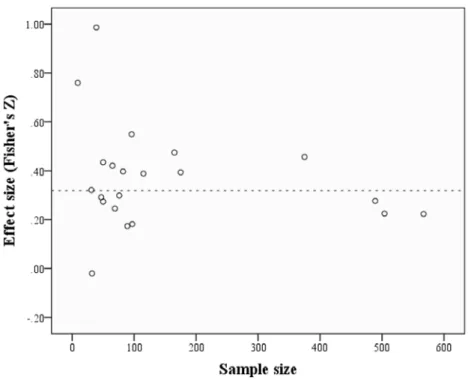Children’s Phonological Awareness as a Predictor of Reading and Spelling: A Systematic Review of Longitudinal Research in German-Speaking Countries
Volltext
Abbildung

ÄHNLICHE DOKUMENTE
In the first part we describe the dissemination of wikis in the German-speaking school community with a special focus on Switzerland, the most active German-speaking country using
Publisher’s Note Springer Nature remains neutral with regard to jurisdictional claims in published maps and institutional affiliations.. The original article can be found online
The crisis in eastern Ukraine has not changed the Czech Republic, Hungary and Slovakia’s perception of their relations with Russia, which continues to be defined primarily
This contribution explores autoethnography as a strongly reflexive approach to qualitative research and its reception in German-speaking sociology and cultural anthropology..
It focuses on the conception of austriacisms from different points of view according to linguistic experts, the analysis of the terms from the novel of Nöstlinger and most
Keywords: Youth psychology, Diary writing, Adolescent development, Puberty, Charlotte Bühler, William Stern, Siegfried Bernfeld.. Tagebücher
perial residence city.' 8 The doubletower facade of the Protestant church had a Catholic church as its model, the Trinita dei Monti church in Rome.. In tins way, a
The findings build on a substantial body of previous work, including that of Murthi and colleagues, 3 who used 1981 census data to explore female dis- advantage and advantage